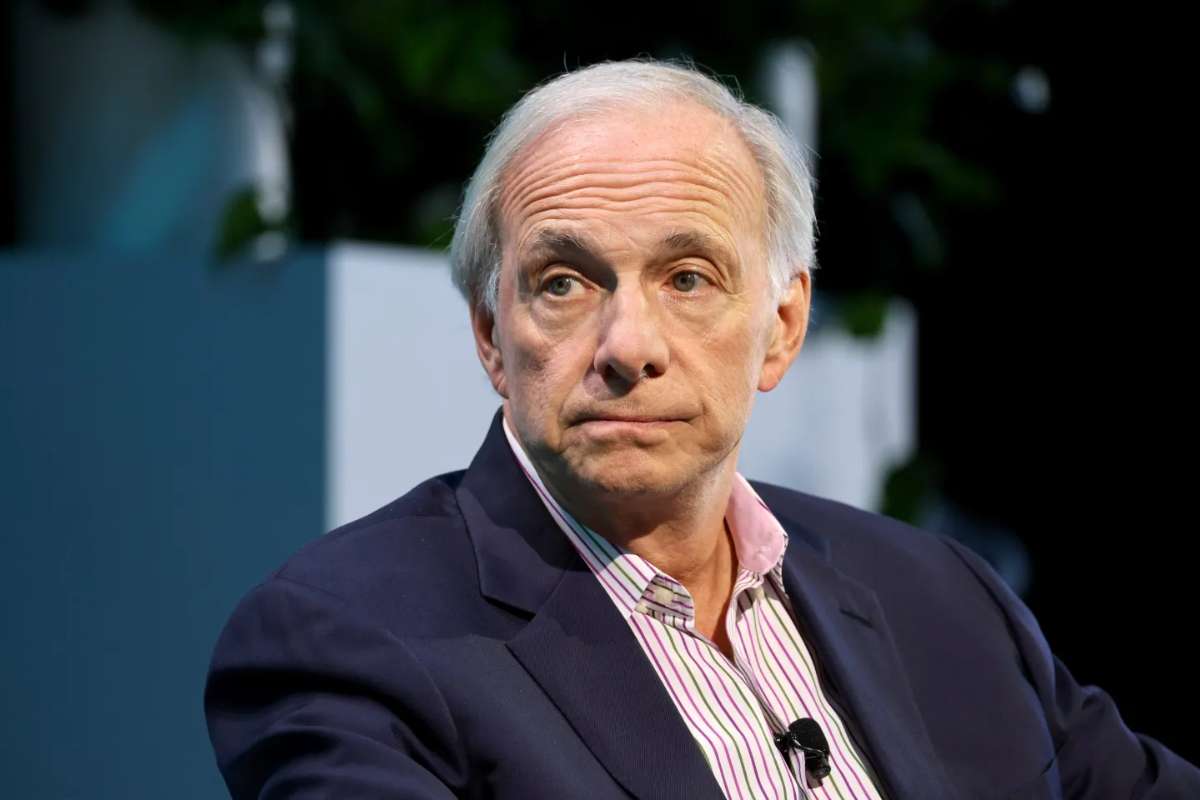Strong Performance in 2024 Amid Market Uncertainty
Ford’s stock Motor Company surpassed Wall Street’s earnings and revenue expectations for the fourth quarter of 2024 but warned of a more challenging year ahead. CEO Jim Farley emphasized the company’s commitment to improving vehicle quality and controlling costs, key areas that affected performance last year. Despite positive financial results, Ford’s stock dropped 5% in after-hours trading, reflecting investor concerns over its cautious outlook for 2025.
The automaker reported an adjusted EBIT of $10.2 billion for 2024, translating to $1.84 in adjusted earnings per share. Net income stood at $5.9 billion, with total revenue reaching a record $185 billion. Adjusted free cash flow was $6.7 billion. For the fourth quarter alone, Ford recorded a net income of $1.8 billion, reversing a net loss of $526 million in the same period the previous year. Its adjusted earnings per share of 39 cents surpassed analyst expectations of 33 cents, and automotive revenue of $44.9 billion exceeded the anticipated $43.02 billion.
Looking ahead, Ford projects an adjusted EBIT of $7 billion to $8.5 billion for 2025. The company also expects free cash flow between $3.5 billion and $4.5 billion, with capital expenditures ranging from $8 billion to $9 billion. Ford cited market pressures, including a 2% decline in industry pricing and slightly lower wholesales, as factors contributing to the cautious forecast. However, it does not anticipate any immediate tariff-related impacts.
Efforts to Reduce Costs and Address Quality Issues
During a call with analysts, Ford’s Chief Financial Officer Sherry House stated that the company is focusing on reducing material and warranty costs by $1 billion in 2025, building on the $1.4 billion in cost reductions achieved in 2024. However, much of last year’s savings were offset by unexpected quality and warranty-related expenses, which Ford is now striving to minimize.
The company expects the first half of 2025 to be weaker than the latter half, partly due to ongoing launch activities at key assembly plants in Kentucky and Michigan. First-quarter adjusted EBIT is projected to be roughly breakeven, with stronger performance anticipated in the second half of the year.
Ford’s performance varied across its different business segments. The automaker’s traditional “Blue” division, which focuses on internal combustion engine vehicles, earned $5.28 billion in 2024—a decline of nearly $2.2 billion from the previous year. Meanwhile, Ford’s stock “Pro” fleet business generated more than $9 billion in profits. In contrast, the “Model e” division, which oversees electric vehicle production, recorded a loss of $5.08 billion for the year, including $1.39 billion in the fourth quarter.
Competition and Future Outlook
Ford remains under pressure as it navigates a shifting automotive landscape. Its crosstown rival, General Motors, outperformed expectations in the fourth quarter and issued guidance that was more in line with analysts’ projections. Ford’s 2024 performance was hampered by unexpected recall and warranty issues, contributing to a nearly 20% decline in its stock price over the year. CEO Jim Farley has pledged to address these challenges and position Ford for long-term success.
For 2025, Ford anticipates earning between $7.5 billion and $8 billion from its Pro fleet division, $3.5 billion to $4 billion from its Blue segment, and a projected loss of $5 billion to $5.5 billion for Model e. Its Ford Credit arm is expected to contribute $2 billion in earnings.
Despite headwinds, Ford’s stock remains focused on cost management and product quality improvements to drive future profitability. With an evolving industry landscape and increasing competition, the automaker’s ability to execute its strategy effectively will determine its success in the year ahead.











